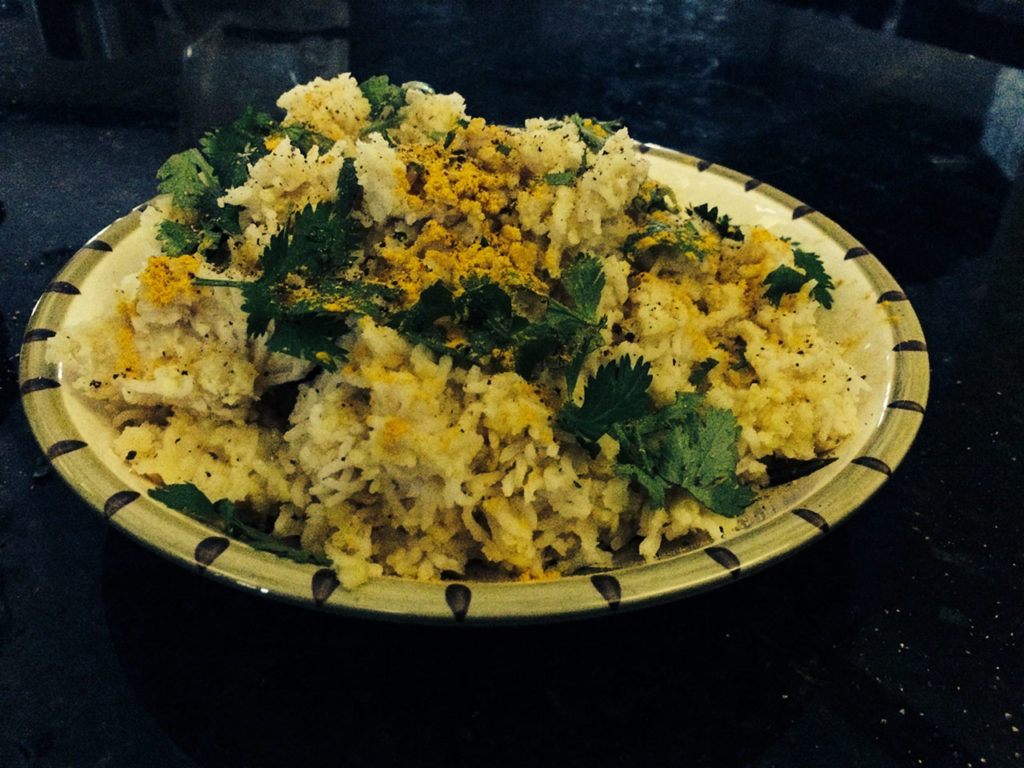
Khicharis are single bowl meals made of rice and dal. It is one of the most healing foods due to its balanced protein and easy digestibility. The dish does not take long to cook and is usually made fresh.
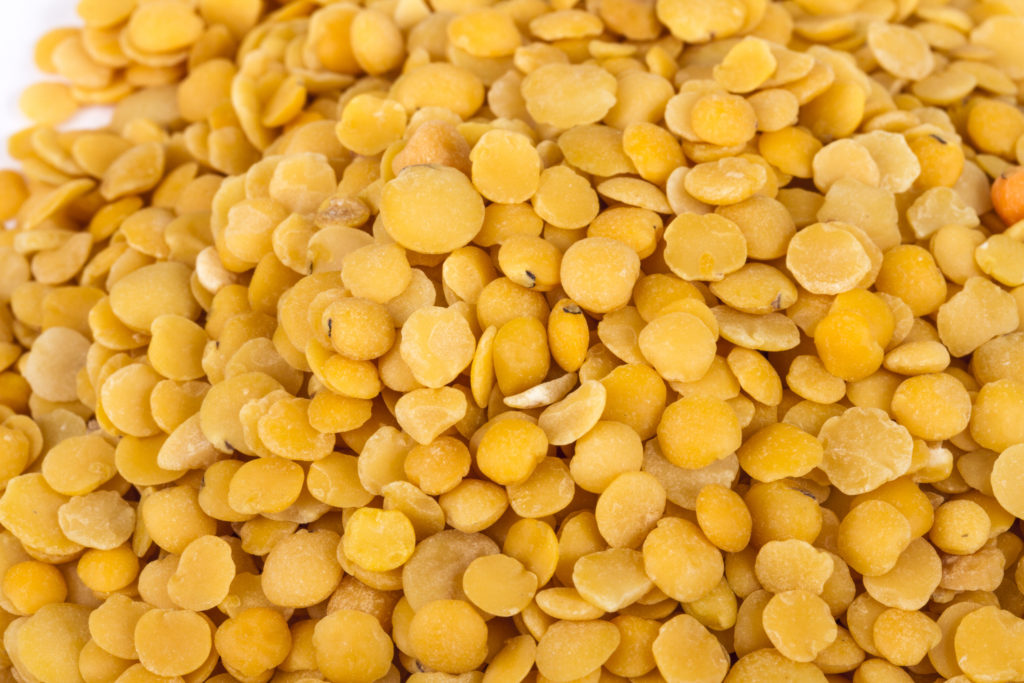
While khichari is most often made with mung beans, other dals such as split chick-peas, split peas, lentils or soybeans can also be used. If the beans (lentils) are split, they lose their shells and are therefore even more digestible, making Khichari a great food for babies as well as the sick and elderly.
Khichari is considered tridoshic, so therefore it can be healing for all imbalances.
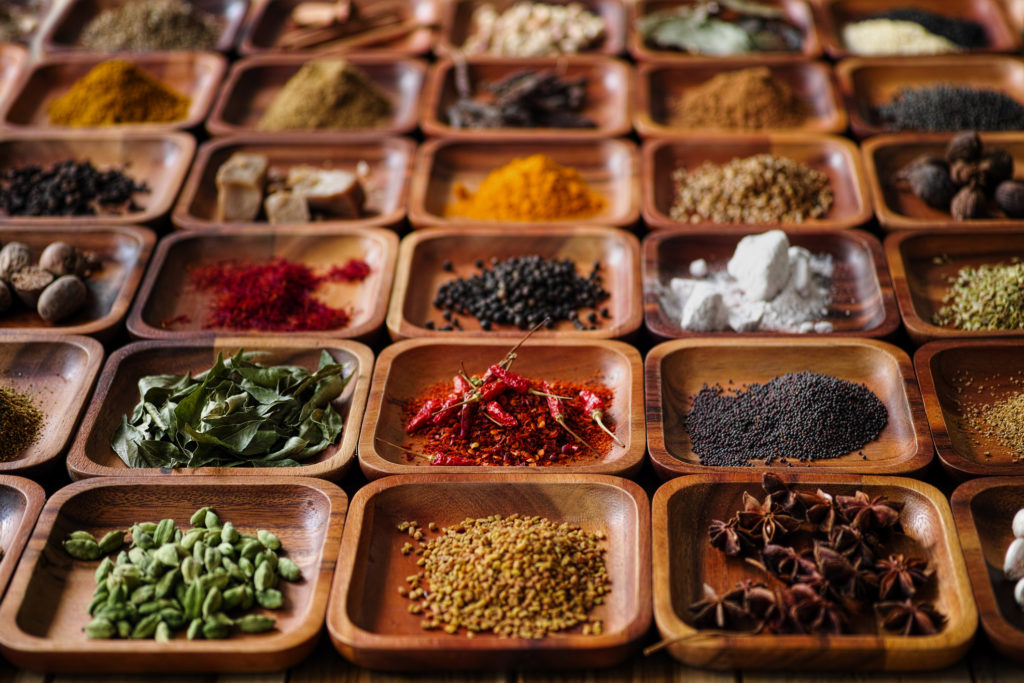
It is the varied combinations of spices that will heal the different doshas. Khichari helps detox and de-age the cells by nourishing all the tissues in the body, which gives us strength and vitality.
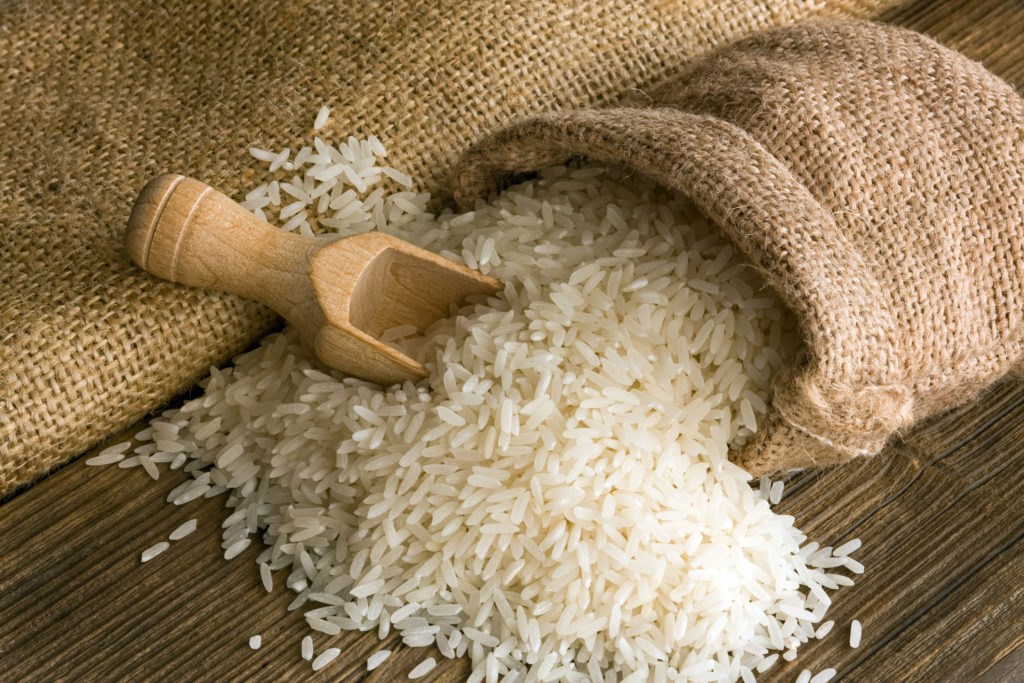
When preparing Khicharis, the dal is soaked for no more than an hour. The proportion of dal to rice is usually 1:1; however, the dish becomes more nourishing and subdues Kapha if the proportion of dal in the khichari is increased from the recipe.
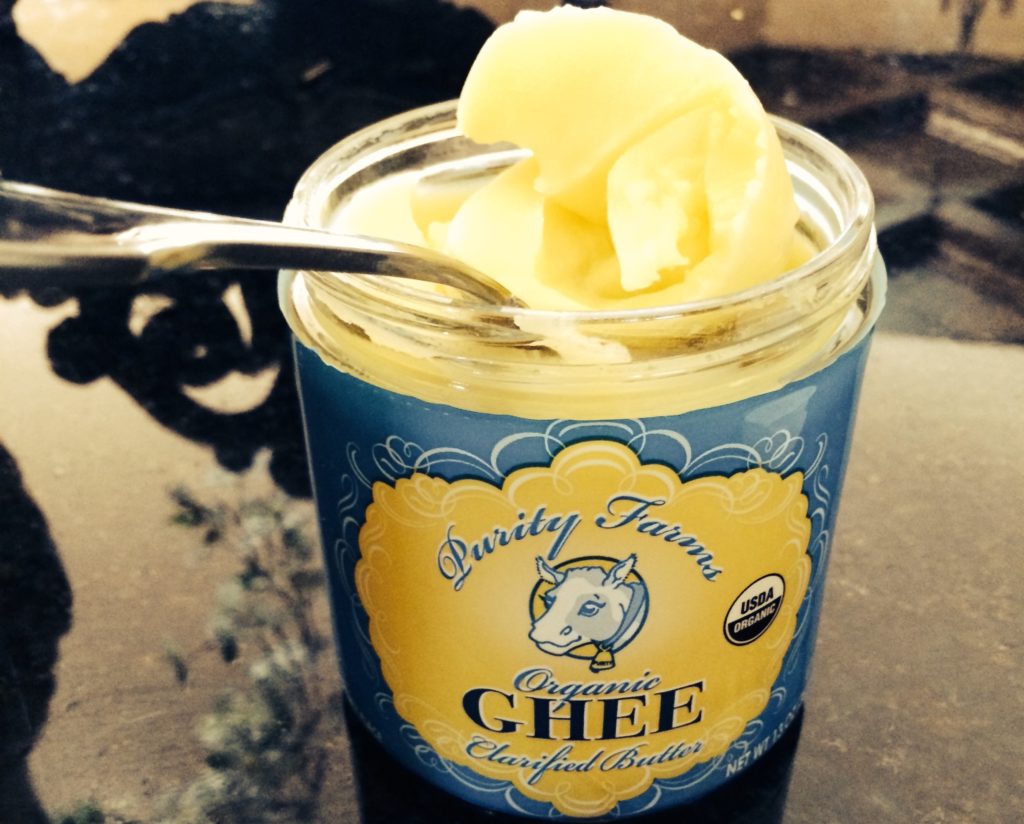
I also like to add ghee to my khichari as well as a little salt (forget the salt if you have blood pressure issues).
Mung Dal Khichari (Ayurveda Healing Cuisine)
Serves 2 to 3
1 cup Basmati rice
1 ½ cups split mung beans
8 cups water, for cooking
¾ teaspoon salt
2 tablespoons ghee
½ teaspoon black cumin seeds
Kitchari 1
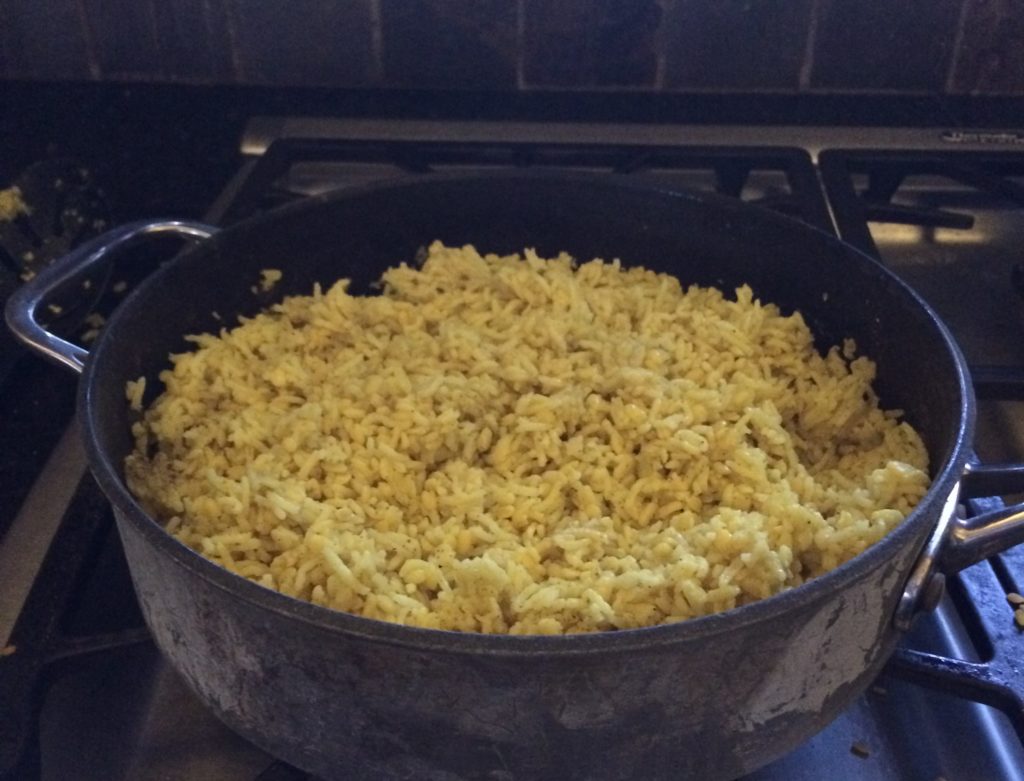
Combine the rice and dal in a large bowl and add enough water to cover. Soak for 1 hour. Drain, wash, and rinse the mixture. Place it in a heavy pan and add the 8 cups of water and the salt Cover tightly and bring to a boil over medium heat. Reduce the heat and simmer for 30 minutes. In a small frying pan, warm the ghee over medium heat. Add the cumin seeds and sauté until brown and fragrant. Pour the ghee mixture over the khichari and serve warm.
Simple Healing Khitchari Recipe (Ayurvedic cooking for Self-Healing)
1 cup basmati rice
1 cup yellow split mung dal
1 small handful chopped cilantro leaves
6 cups of water
Kitchari 2
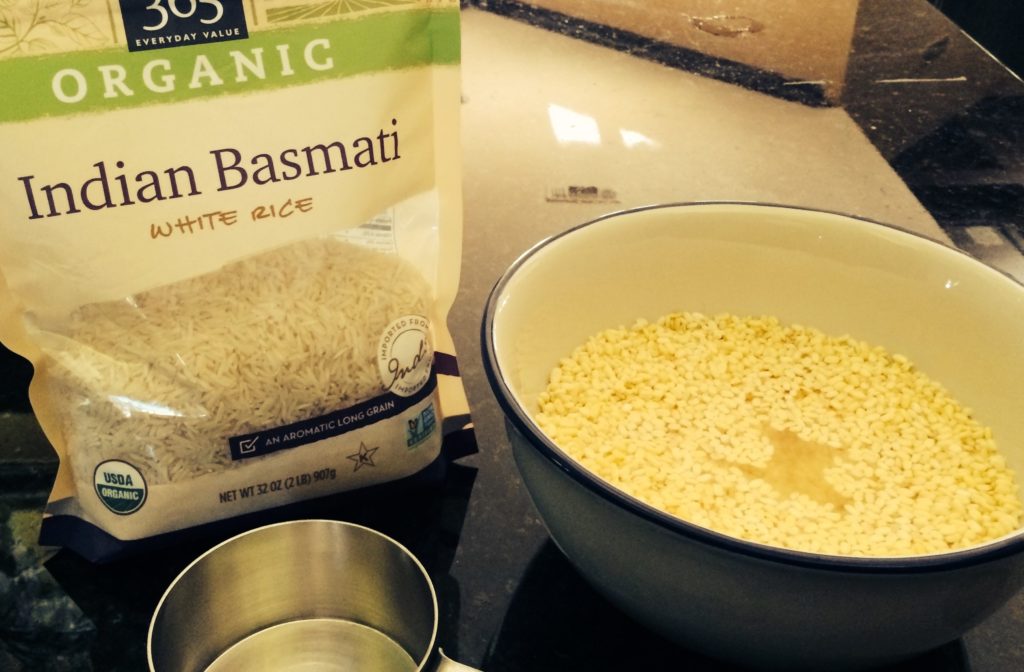
Wash the rice and mung dal twice with fresh water. Soak for a few hours before cooking to help with digestibility. Add rice, dal, and cilantro to the water. Bring mixture to a boil for 5 minutes uncovered, stirring occasionally. Turn down heat and simmer. Cover your pot, but leave the lid ajar. (This keeps the kitchari from becoming gummy.) If you need to add salt, be careful, as it is heating to the body and will aggravate pitta and kapha. Use rock salt, which is very digestible and not as warming.
Variations of the above recipe
If you would like to make this recipe Vata pacifying:
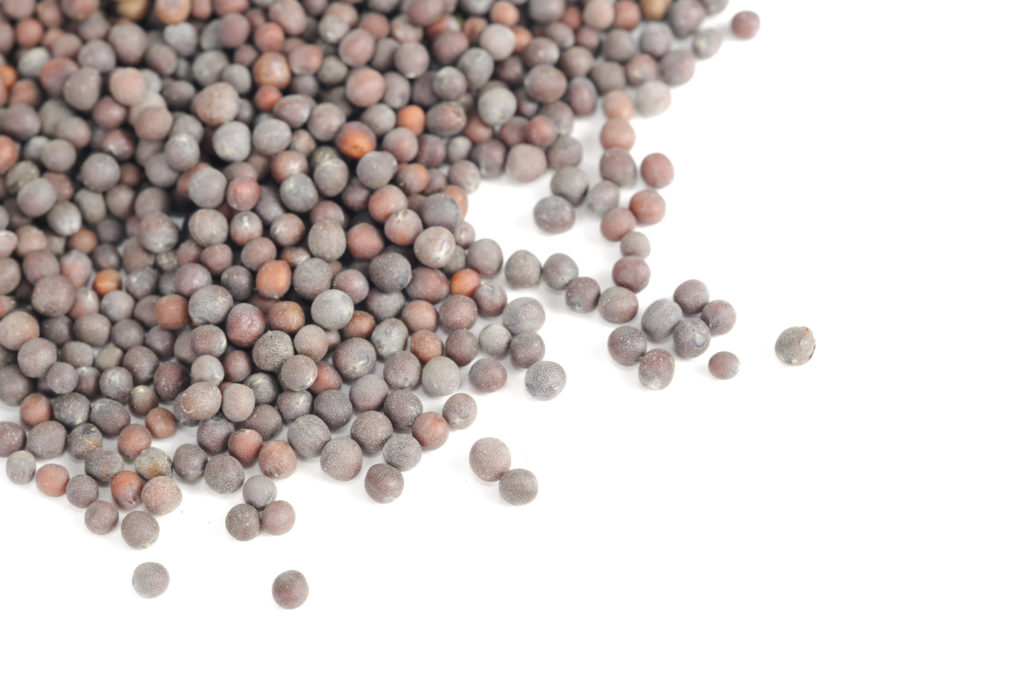
Place 3 Tbls of ghee into a saucepan along with 1 tsp black mustard seeds, 1 tsp cumin seeds, and 2 pinches of hing. Heat the mixture until the seeds pop. Add the rice and just ½ cup dal, ½ tsp turmeric and ½ tsp salt to the ghee/spice mixture and mix well. Add 4 cups of water and bring to a boil. Boil for 5 minutes, uncovered, and stirring occasionally. Turn down the heat and simmer. Cover the saucepan with a lid that is slightly ajar. Cook until tender about 20-25 minutes.
To make this recipe Pitta pacifying:
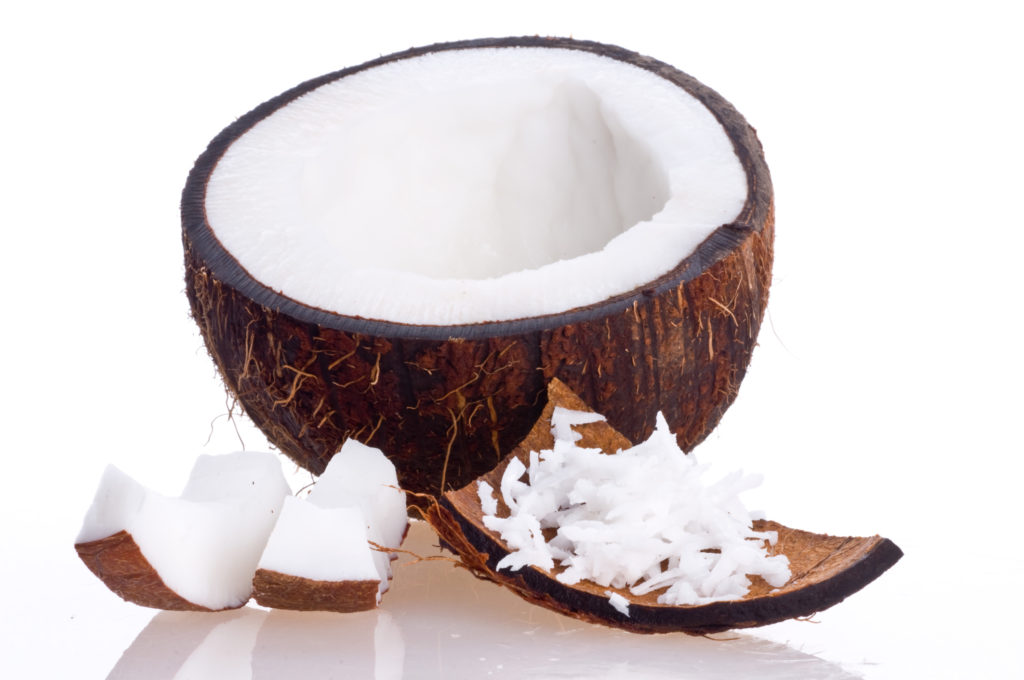
Place a 1 ½ inch piece of fresh ginger, peeled and chopped, 2 Tbls unsweetened, shredded coconut; and 1 small handful of chopped cilantro leaves along with ½ cup of water into a blender and blend until liquefied. Heat ghee in saucepan and add the blended items, turmeric and salt. Mix the dal and rice with the 6 cups of water into the same pan and bring to a boil uncovered for 5 minutes. Turn down heat to simmer. Cover the saucepan, leaving the lid ajar and cook for 25 to 30 minutes until rice and dal are tender.
If you want to pacify Kapha:
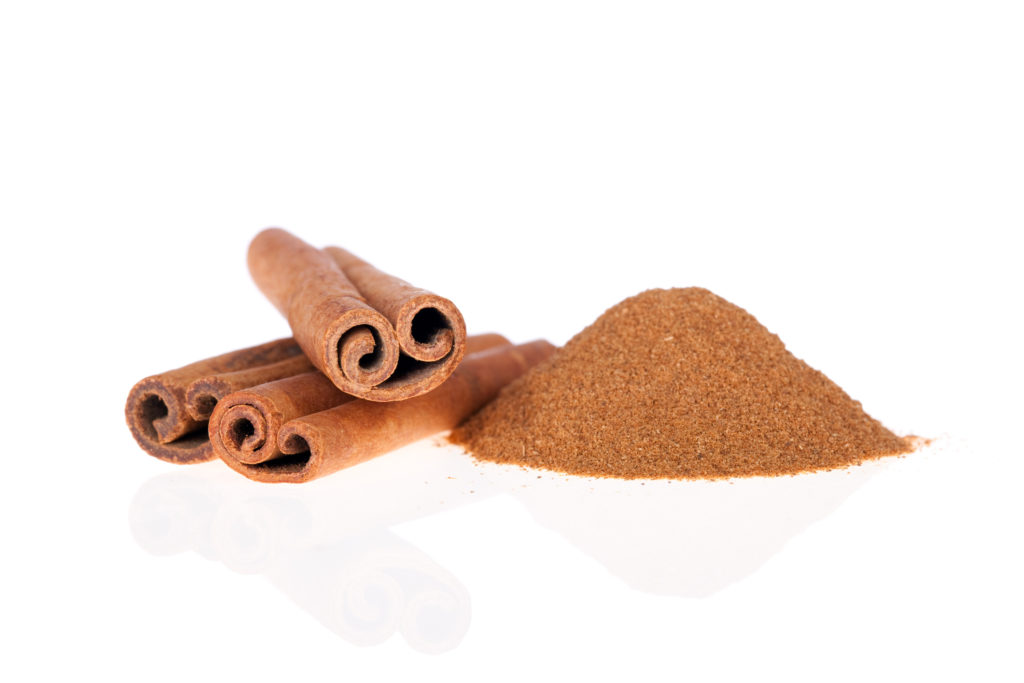
The recipe can be changed by adding 3 Tbls ghee, 4 bay leaves, 4 small pieces cinnamon bark, 4 whole cloves, and 4 whole cardamom pods into a saucepan and heat until fragrant. Add in 6 cups of water, rice and dal. Cook at low boil, uncovered for 5 minutes. Cover and cook on low heat until dal and rice are tender, about 25-30 minutes.
Enjoy this healing and yummy meal. Experiment with different combinations of spices and create many varieties of tastes to satisfy your palate and balance you and your families digestive systems.
Do you have a favorite Khitchari recipe? Please share it with me; I would love to try it.
